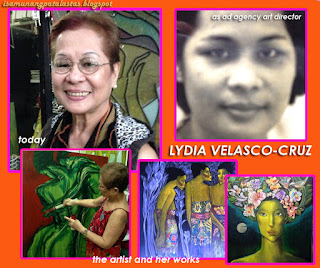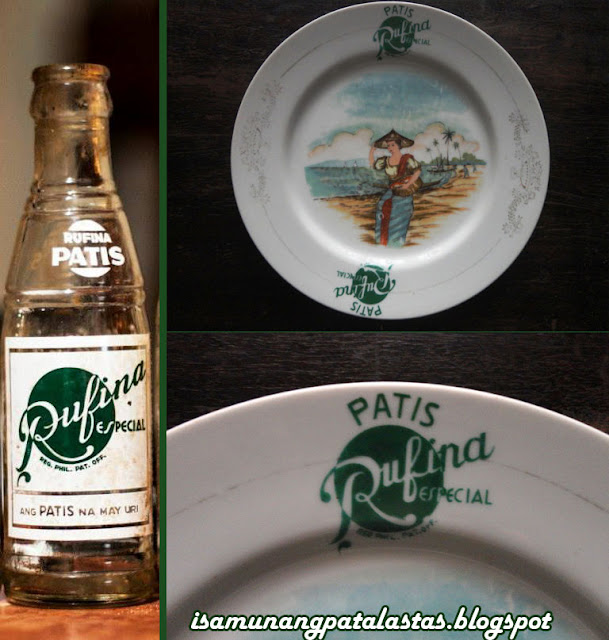 |
| DUNKIN' DONUTS MUNCHKINS AD. Illustrated by Lydia Velasco-Cruz. 1984. |
America’s favorite coffee and baked goods chain was founded in 1950 by William Rosenberg in Quincy, Massachusetts. DUNKIN' DONUTS has come to be one of the largest food chains in the world with presence in 36 countries.
It was only in 1981 that it came to the Philippines, when Golden Donuts Inc.,based in Mandaluyong, acquired the Dunkin’ Donuts franchise.The corporation is owned largely by the Prieto family, which also owned the local franchise for Shakey’s, Racks and Tia Maria, among others. Golden Donuts, Inc. opened its first ever shop at the Quad Car Park in Makati, and began serving food-loving Filipinos the first Dunkin’ Donuts. Its menu included filled and plain donuts, Munchkins, coffee, hot and cold beverages, croissants, bunwiches, brownies, muffins.

The donuts proved to be a hit, and Ace-Compton Advertising, which had already been working on the Shakey’s account, was also assigned the Dunkin’ Donuts chain.
The creative team included a talented female art director, Lydia Velasco-Cruz, one of the few in the male-dominated field of advertising art.
Lydia Velasco, (b. 1942 ) was the eldest child in a family of nine brothers and sistaters, the daughter of Jose Velasco, a noted LVN set designer. Her first job was selling fish in her native Navotas and in Malabon. But she heeded her artistic calling and enrolled in Fine Arts, major in Advertising, at the University of Santo Tomas.
After graduation, she landed a job as an artist at Philprom, where de. she honed her art direction skills for over a decade. She went on to become a full-fledged Art Director for several multinational advertising companies, with a long and productive stint at Ace-Compton Advertising. Lydia worked on the blue chip Procter and Gamble PMC account, and was also assigned some Johnson & Johnson brands like Reach Toothbrush and Modess Napkins. She would actually illustrate the artworks herself with her mastery of pastel crayons.
 |
| DUNKIN' DONUTS AD, Art direction by Lydia Velasco-Cruz |
Her Dunkin’ Donuts assignment was a nice break from the more rigid P&G ads that she used to do, and it allowed her a freer rein to experiment with drawings, art direction techniques, typography and composition. In 1988, Lydia left advertising to be a co-partner of Lightmoves Photo/Design, Inc., but the changing business environment forced her to give up the business and return to her first love: painting.
 |
| BREWED COFFEE AD, art direction by Lydia Velasco-Cruz, 1984 |
She joined Malang’s Saturday Group and rediscovered the feel and power of her brush,. Soon, she was mounting her own exhibits, and became known for her massive, heavy-set beautiful women engaged in their work—selling wares, fish, flowers and fruits.
 |
| CHRISTMAS AD, DUNKIN' DONUTS, art directed by Lydia Velasco-Cruz, 1984 |


















